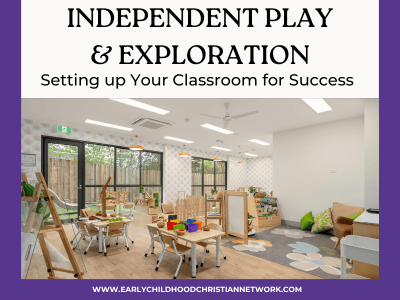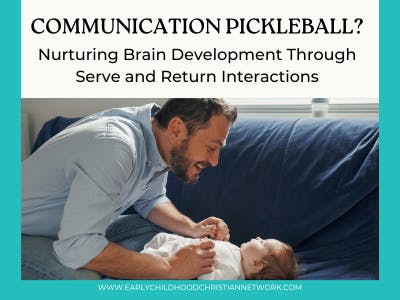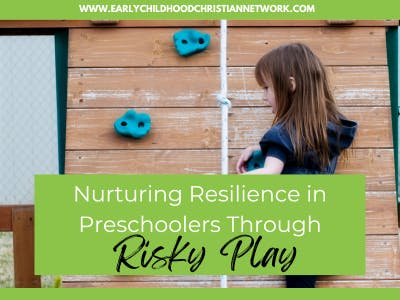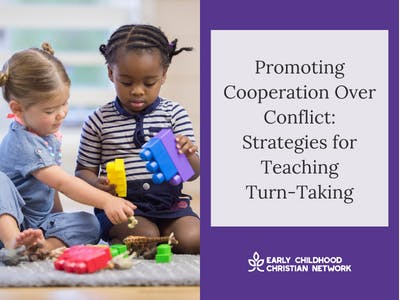Setting Up Your Classroom for Independent Play and Exploration
|
Hey Reader! We talk about it regularly at ECCN. Independent play and exploration in your classroom are key to fostering young children’s creativity, problem-solving, and self-regulation skills. When children feel empowered to choose their activities and engage deeply in play (hint: that takes time!), they develop confidence and a love for learning. Here are some practical tips for setting up your space to promote independent play: 1. Organize Materials for Easy AccessChildren are more likely to engage independently when they can see and reach the materials they need. Use clear bins or baskets with picture labels to help even the youngest learners identify and access toys and supplies. Low, open shelves work best. Quick Tip: Rotate materials regularly to keep children interested. You don’t need to offer every toy every day; a smaller selection often leads to more focused play. 2. Create Defined Play AreasSet up distinct spaces for different types of play, such as a block area, a dramatic play corner, and a cozy reading nook. Each area should have clear boundaries and enough space for a few children to play comfortably. Defined play zones help children make purposeful choices about where to play and what to explore. Quick Tip: Use rugs, shelves, or even tape on the floor to visually separate play areas. 3. Provide Open-Ended MaterialsOffer materials that can be used in multiple ways, like wooden blocks, scarves, play dough, and loose parts (e.g., buttons, pinecones, or bottle caps). Open-ended materials encourage creativity and problem-solving because there is no right or wrong way to use them. Quick Tip: Introduce “provocations” by setting out a few intriguing materials in an inviting way to spark curiosity and engagement. 4. Encourage Child-Led PlayAvoid over-directing play. Instead, observe and support as needed. When children are in charge of their play, they learn to take initiative, solve problems, and persevere through challenges. Your role is to provide a safe, rich environment and be available to scaffold learning when appropriate. Quick Tip: Use open-ended questions to extend play, such as, “What else could you try?” or “How might you use this in your story?” 5. Incorporate Quiet Spaces for Self-RegulationIndependent play doesn’t always have to be active. Include a quiet, cozy area where children can take a break, look at books, or engage in calming activities like puzzles or sensory bottles. This helps children learn to self-regulate and recharge before returning to more active play. Quick Tip: Add soft seating, stuffed animals, or calming colors to make the space inviting and soothing. Final ThoughtsBy thoughtfully setting up your classroom for independent play and exploration, you’re giving children the tools they need to grow and thrive. Take a look around your classroom today…are you providing an environment that allows children to make choices, to enter into deep play, and to build problem-solving skills? Which area of your classroom has the most “traffic” from children? Why do you think that is? Which area of your classroom has the least “traffic”? Why do you think that is?
Cheering you on this week! -Your ECCN team
week 1/3
Colossians 3:16 “Let the message of Christ dwell among you richly as you teach and admonish one another with all wisdom through psalms, hymns, and songs from the Spirit, singing to God with gratitude in your hearts.” |






